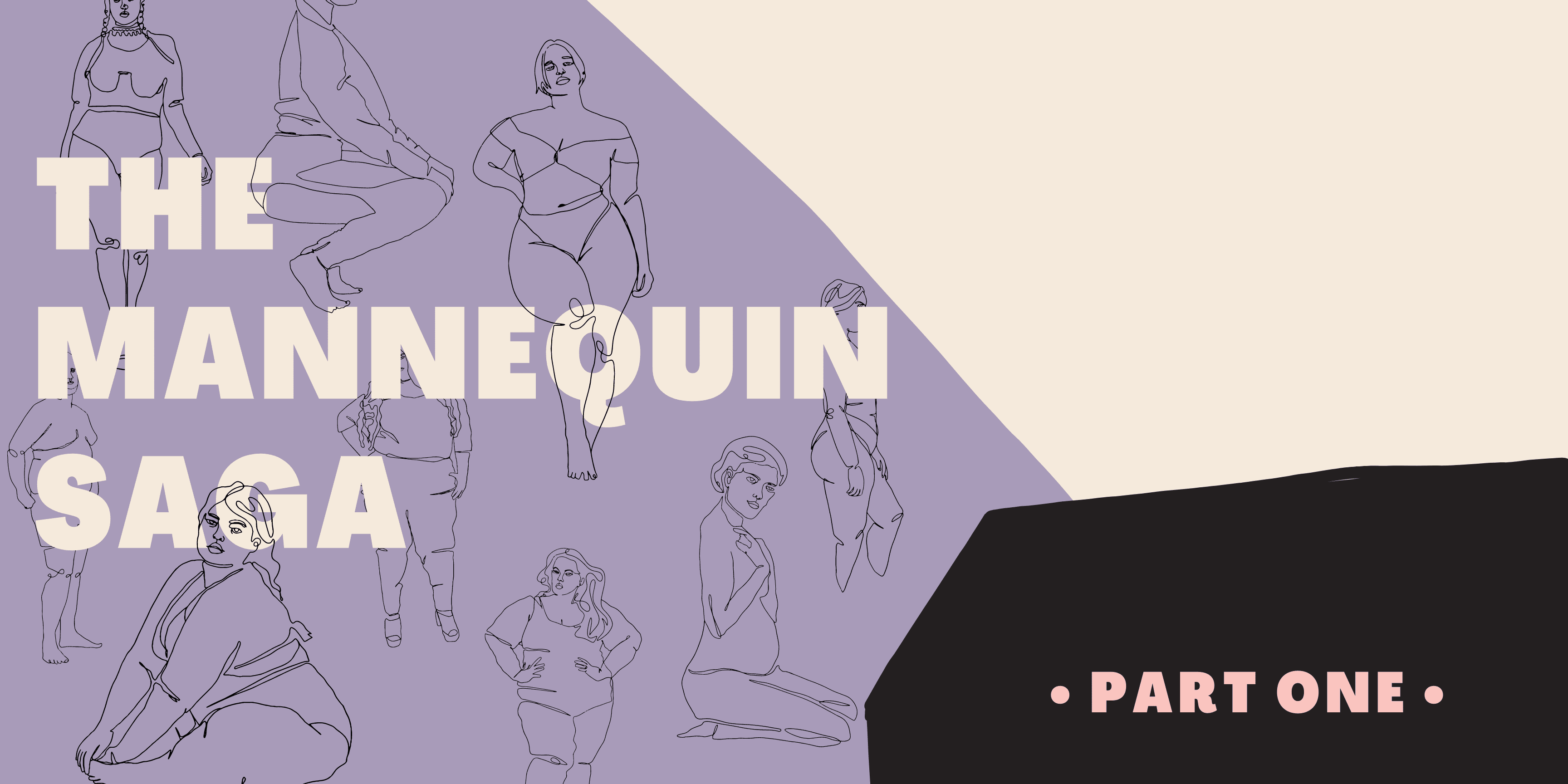When we first decided to create a lingerie store, I knew that I wanted to create a space that was welcoming and supportive of all bodies. And in the process of starting that store, I began to identify some of the reasons why other stores don’t, or can’t, do that. There are many systemic barriers that make it challenging to actually support our bodies in a conscious and thoughtful way. When I walk into a store as a plus size woman, frequently, I am experiencing a store that wasn’t built for me.
Even as a small fat plus size woman*, I can still often find clothes for my body. I’m very fortunate and privileged to be able to do so, but even still, I have huge swaths of retail that are not available to me. And even in the places that are available to me, they are built in ways that tell me that my body is not actually prioritized in those spaces.
In the creation of Self Serve Body, my intention is to create a space that really makes room for all bodies to be good bodies and all bodies to be supported in the practice of co-creating this space. I want us to reject thin supremacy.
Except, thin supremacy has stood as an institutional barrier to even the simplest of issues—like finding mannequins for the store.
Initially, we scoured the internet for some plus size mannequins. It was hard to find any plus size mannequins at a price point in our small business’s budget. We thought we’d found some, but when they arrived, we realized that, while they had proportions of broad shoulders and thicker thighs, they were actually very small.
The standard plus size mannequin is a size large with a 32-inch waist.
This realization was shocking and unfortunate and disappointing because we had invested in this vision of creating a store that had plus-size mannequins and had invested monetarily, but very quickly realized that bringing the vision into fruition was actually going to be much more challenging than we anticipated.
Our designer looked for plus size mannequins. I looked for plus size mannequins. They were very, very difficult to source. I spoke to the people who made mannequins, and they said, “Oh, we have plus size mannequins!” and the plus size mannequins were not fat. We didn’t want to create displays with these smaller mannequins, which could be so discouraging for people who might walk into the space. It would replicate that dominant feeling when you walk into a store that isn’t prioritizing you. It feels like, oh, your body is wrong. Your body isn’t quite welcome.
But where systemic fatphobia seeks to limit our empowerment, community creativity and care can overcome. I ended up reaching out to a network on Facebook made up of hundreds of retailers of sex toys and lingerie. I expressed what I was looking for: just a mannequin. One that was actually in a plus size range that could fit the clothing that I’m buying.
I got an overwhelming response from the retailers that everybody had had the exact same problem. The reason our shops didn’t represent fat bodies wasn’t that we didn’t care about this issue. It was decidedly the exact opposite. Small independent businesses wanted plus size mannequins, but they literally do not exist, and those that do are just out of reach.

Through their help, I managed to find one in a close-out sale from a random company. That mannequin just so happened to have a body that had my waist size. We ordered it, and of course, we paid more for it than we paid for the others, which is another issue entirely, but we’re going to have a mannequin now. To know that in my store, there’ll be a mannequin that looks like my body is really affirming for me.
And yet, that’s not enough. I am still on a small or end of a spectrum in terms of body sizes. So, again, I reached out to my networks and connections—this time, here in Albuquerque. I was put in touch with artists and fabricators who will take a look at the frames we already have, and add more weight. Someone is exploring 3D printing some rolls, and others are exploring plaster casting some belly. We’re looking forward to what comes of this!
It’s special that it’s going to be a community-based project. That because we’re collaborating, we can make space to prioritize the bodies we want to center.
It’s the sort of thing that a lot of stores don’t have the bandwidth to prioritize. They don’t have the budget. We barely do, you know, but it’s something I feel like I have to make happen. But the amount of work that it’s taken to try to just have mannequins is not commensurate with the amount of work that it takes to stick to the dominant culture.
Because of this, a lot of places hit a wall and they give up. For most, it’s not for lack of trying. It feels as though we’re trying the impossible, just trying to independently create something that does not exist in the world. But luckily it’s Self Serve; we do that every day, and we’ve done that for 14 years. It’s the community support that makes this possible, and we’re just going to see what happens. The current plan is to have a variety of bodies greeting you in the shop, so that when you walk in, you hopefully get to see a body that looks like yours or that could look like yours, and that that feels good.
by Matie Fricker
with Jaye Elizabeth Elijah

